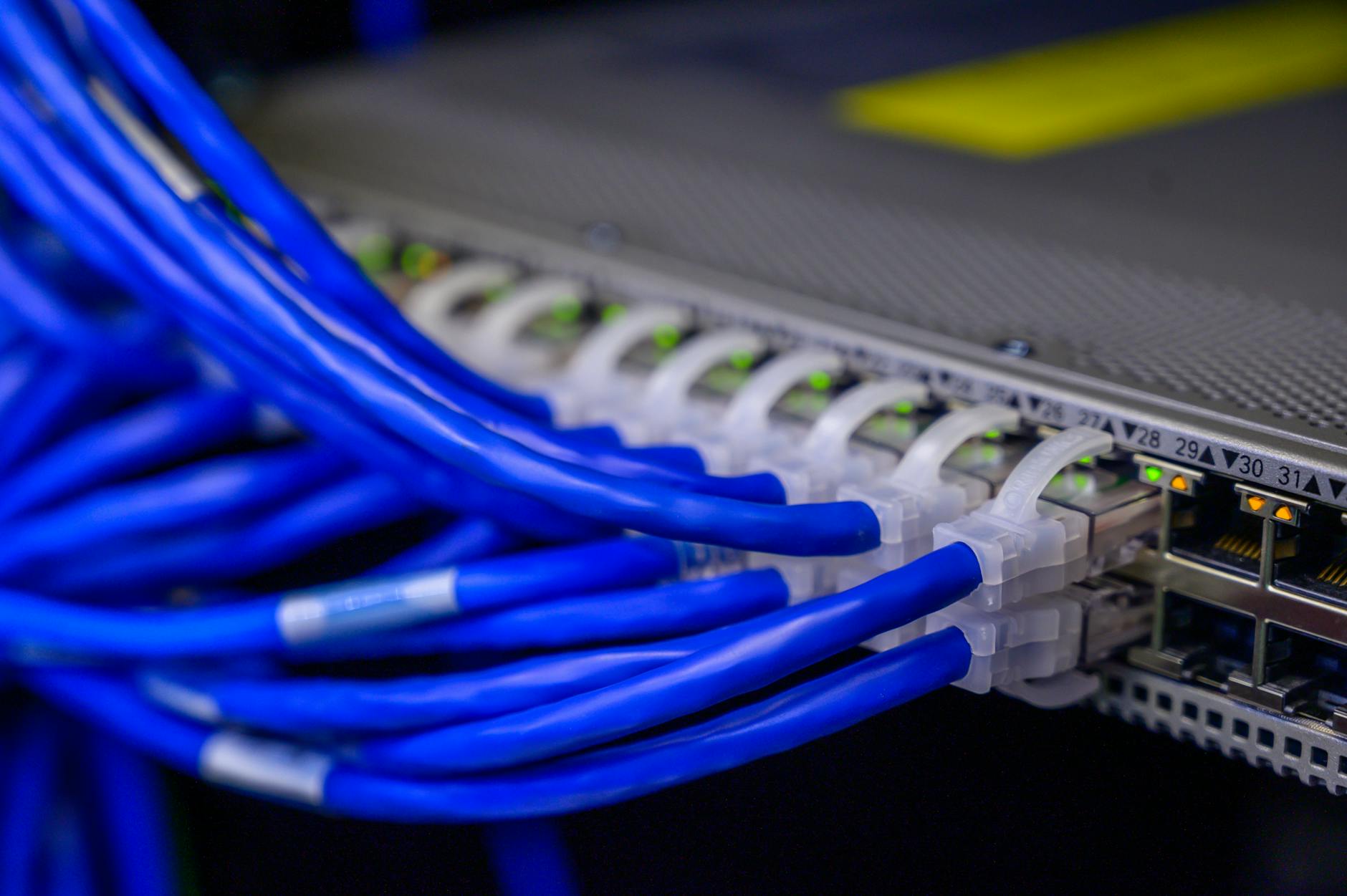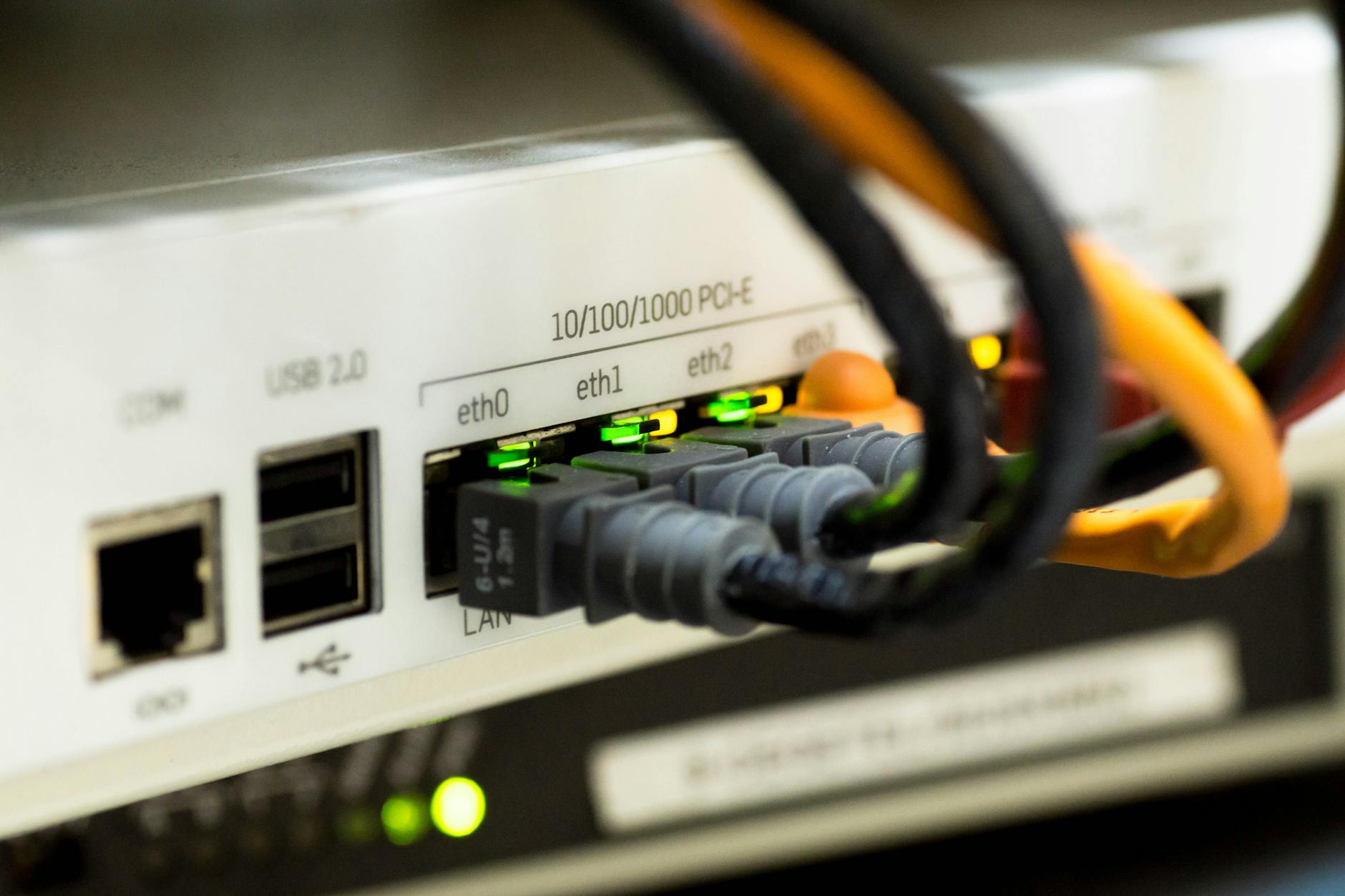How to provision Aruba Gateways with Aruba Central
How to provision Aruba Gateways with Aruba Central
Are you tired of the complex and time-consuming process of configuring network gateways? 🤔 Look no further! Aruba Gateways and Aruba Central offer a streamlined solution that can revolutionize your network management experience.
Imagine a world where provisioning gateways is as simple as a few clicks. With Aruba Central’s intuitive interface, you can say goodbye to tedious manual configurations and hello to efficient, centralized management. But how exactly does this work? 🤷♂️
In this comprehensive guide, we’ll walk you through the entire process of provisioning Aruba Gateways with Aruba Central. From understanding the basics to mastering advanced configurations, we’ll cover everything you need to know to become a gateway provisioning pro. So, let’s dive in and explore the seven key steps to seamless gateway management! 🚀
Understanding Aruba Gateways and Aruba Central

Key features of Aruba Gateways
Aruba Gateways are powerful network devices that offer a wide range of features to enhance network performance and security. Here are some key features:
- Policy-based routing: Allows traffic to be directed based on specific policies
- Stateful firewall: Provides advanced security by monitoring the state of network connections
- VPN support: Enables secure remote access and site-to-site connections
- Quality of Service (QoS): Prioritizes critical network traffic for optimal performance
- High availability: Ensures network uptime through redundancy and failover capabilities
| Feature | Benefit |
|---|---|
| Policy-based routing | Flexible traffic management |
| Stateful firewall | Enhanced network security |
| VPN support | Secure remote connectivity |
| QoS | Optimized application performance |
| High availability | Increased network reliability |
Benefits of using Aruba Central for management
Aruba Central offers numerous advantages for managing Aruba Gateways:
- Centralized management: Control multiple gateways from a single interface
- Cloud-based solution: Access from anywhere, reducing on-premises infrastructure
- Automated updates: Ensure gateways are always running the latest firmware
- Real-time monitoring: Gain insights into network performance and security
- Simplified troubleshooting: Quickly identify and resolve issues
Prerequisites for provisioning
Before provisioning Aruba Gateways with Aruba Central, ensure you have:
- Valid Aruba Central account
- Supported Aruba Gateway model
- Internet connectivity for the gateway
- Gateway serial number and MAC address
- Proper network configuration (IP addressing, VLAN setup, etc.)
- Necessary licenses activated in Aruba Central
With these prerequisites in place, you’ll be ready to begin the provisioning process. Next, we’ll explore the steps involved in preparing for gateway provisioning, including network planning and initial setup considerations.
Preparing for Gateway Provisioning

Accessing Aruba Central dashboard
To begin the gateway provisioning process, you’ll need to access the Aruba Central dashboard. Navigate to the Aruba Central website and log in using your credentials. Once logged in, you’ll be presented with the main dashboard, which provides an overview of your network devices and their status.
Verifying network requirements
Before proceeding with gateway provisioning, it’s crucial to verify that your network meets the necessary requirements. Here’s a checklist of essential network prerequisites:
- Internet connectivity
- Proper firewall configuration
- Adequate bandwidth
- DHCP server availability
- DNS resolution
| Requirement | Description |
|---|---|
| Internet | Stable connection for cloud management |
| Firewall | Allow outbound connections to Aruba Central |
| Bandwidth | Sufficient for device management and monitoring |
| DHCP | For automatic IP address assignment |
| DNS | To resolve Aruba Central hostnames |
Gathering necessary information
Collect all the required information for a smooth provisioning process:
- Gateway serial number
- MAC address
- Desired gateway name
- Network configuration details
- Licensing information
Updating firmware (if required)
Check the current firmware version of your Aruba Gateway and compare it with the latest version available in Aruba Central. If an update is necessary:
- Download the latest firmware from Aruba Support Portal
- Upload the firmware to Aruba Central
- Schedule the update during a maintenance window
With these preparations complete, you’re now ready to move on to the initial gateway setup process.
Initial Gateway Setup
A. Connecting the gateway to the network
Before powering on your Aruba Gateway, it’s crucial to establish the proper network connections. Begin by identifying the appropriate ports on your gateway for uplink and local network connections. Typically, the uplink port is labeled “Internet” or “WAN,” while local network ports are often labeled “LAN” or numbered.
| Port Type | Common Labels | Purpose |
|---|---|---|
| Uplink | Internet, WAN | Connects to the internet or upstream network |
| Local | LAN, 1-4 | Connects to local devices or switches |
Connect an Ethernet cable from your internet source (e.g., modem or upstream switch) to the uplink port. Then, connect your local network devices or switches to the LAN ports as needed.
B. Powering on the device
Once the network connections are in place, it’s time to power on the Aruba Gateway:
- Locate the power input on the gateway
- Connect the provided power adapter to the gateway
- Plug the power adapter into a reliable power source
- Look for indicator lights on the front panel to confirm power-on
C. Configuring basic network settings
After powering on, you’ll need to configure basic network settings to ensure connectivity:
- Access the gateway’s management interface (typically via web browser or console cable)
- Set the gateway’s IP address, subnet mask, and default gateway
- Configure DNS settings
- Enable DHCP for local network devices, if required
These initial steps lay the groundwork for further configuration in Aruba Central. Next, we’ll explore the provisioning process within the Aruba Central platform to fully integrate your gateway into your network management ecosystem.
Provisioning Process in Aruba Central

Adding the gateway to Aruba Central
To begin the provisioning process, you’ll need to add your Aruba Gateway to Aruba Central. This can be done through the Aruba Central dashboard:
- Log in to your Aruba Central account
- Navigate to the “Devices” section
- Click on “Add Devices”
- Enter the serial number and MAC address of your gateway
- Confirm the device details and click “Add”
Assigning the gateway to a group
Once added, assign your gateway to a group for easier management:
- Go to the “Devices” page
- Select your newly added gateway
- Click “Assign Group”
- Choose an existing group or create a new one
- Confirm the assignment
Applying configuration templates
Configuration templates streamline the setup process:
| Template Type | Description | Use Case |
|---|---|---|
| Basic | Essential settings | Small deployments |
| Advanced | Customized configurations | Complex networks |
| Multi-site | Standardized settings | Enterprise-wide rollouts |
- Navigate to “Configuration” > “Templates”
- Select or create a template
- Apply the template to your gateway group
Setting up VLANs and IP addressing
Configure VLANs and IP addressing for your network segments:
- Go to “Configuration” > “Networks”
- Create new VLANs or modify existing ones
- Assign IP ranges to each VLAN
- Configure DHCP settings if required
Configuring security policies
Implement security measures to protect your network:
- Navigate to “Configuration” > “Security”
- Set up firewall rules
- Configure intrusion prevention settings
- Implement content filtering policies
- Enable and configure VPN services if needed
With these steps completed, your Aruba Gateway should be provisioned and ready for use. Next, we’ll explore advanced configuration options to further optimize your network setup.
Advanced Gateway Configuration

Setting up VPN tunnels
To enhance network security and connectivity, setting up VPN tunnels on your Aruba Gateway is crucial. Here’s how to configure them:
- Access the Aruba Central dashboard
- Navigate to the Gateway configuration page
- Select “VPN” from the menu
- Choose the VPN type (Site-to-Site or Remote Access)
- Configure encryption and authentication settings
- Define tunnel parameters and routing rules
| VPN Type | Use Case | Key Features |
|---|---|---|
| Site-to-Site | Connecting branch offices | Permanent connection, high throughput |
| Remote Access | Enabling remote workers | On-demand access, flexible connectivity |
Configuring Quality of Service (QoS)
Implementing QoS ensures optimal performance for critical applications. Follow these steps:
- Navigate to the QoS section in Aruba Central
- Create traffic classes based on application types
- Assign priorities to each class
- Set bandwidth limits and queue management policies
- Apply QoS policies to specific interfaces or VLANs
Implementing traffic shaping rules
Traffic shaping helps manage network congestion and prioritize important data flows:
- Access the traffic shaping configuration in Aruba Central
- Define traffic classes and rule criteria (e.g., source IP, destination port)
- Set bandwidth limits for each class
- Configure traffic policing and rate limiting policies
- Apply shaping rules to relevant interfaces
With these advanced configurations in place, your Aruba Gateway will be optimized for performance, security, and efficient bandwidth utilization. Next, we’ll explore how to verify these configurations and troubleshoot any issues that may arise.
Verifying and Troubleshooting

Checking gateway status in Aruba Central
After provisioning your Aruba Gateway, it’s crucial to verify its status in Aruba Central. Navigate to the Gateways page in your Aruba Central dashboard to view a comprehensive list of all connected gateways. Here, you can quickly assess the overall health and connectivity status of each device.
Monitoring gateway performance
Aruba Central provides powerful tools for monitoring gateway performance in real-time. Key metrics to watch include:
- CPU and memory utilization
- Throughput and bandwidth usage
- VPN tunnel status
- Client connection statistics
| Metric | Importance | Recommended Threshold |
|---|---|---|
| CPU Utilization | High | < 80% |
| Memory Usage | Medium | < 90% |
| Throughput | High | Varies by model |
| VPN Status | Critical | All tunnels up |
Common provisioning issues and solutions
When provisioning Aruba Gateways, you may encounter some common issues. Here’s a list of potential problems and their solutions:
- Gateway not appearing in Aruba Central
- Verify network connectivity
- Check if the gateway is properly licensed
- Configuration push failing
- Ensure gateway firmware is up-to-date
- Review configuration for errors
- VPN tunnels not establishing
- Check firewall rules on both ends
- Verify shared secret and encryption settings
Utilizing Aruba Central’s diagnostic tools
Aruba Central offers a range of diagnostic tools to help troubleshoot gateway issues:
- Remote CLI access for advanced troubleshooting
- Packet capture functionality for in-depth traffic analysis
- Log collection and analysis for identifying error patterns
- Configuration audit tools to ensure compliance with best practices
These tools enable administrators to quickly identify and resolve issues, minimizing downtime and ensuring optimal gateway performance.
Best Practices for Gateway Management
Regular firmware updates
Keeping your Aruba Gateways up-to-date with the latest firmware is crucial for optimal performance and security. Here’s why regular updates are essential:
- Bug fixes and performance improvements
- Enhanced security features
- New functionality and capabilities
To streamline the update process:
- Enable automatic updates in Aruba Central
- Schedule updates during off-peak hours
- Test updates in a non-production environment first
| Update Frequency | Pros | Cons |
|---|---|---|
| Monthly | Latest features, Quick bug fixes | Potential instability |
| Quarterly | Stable releases, Balanced approach | Slight delay in new features |
| Annually | Minimal disruption | Missing out on recent improvements |
Implementing proper security measures
Securing your Aruba Gateways is paramount to protect your network infrastructure. Consider these key security practices:
- Enable two-factor authentication for admin access
- Implement strong password policies
- Configure role-based access control (RBAC)
- Regularly audit and review security logs
Utilizing Aruba Central’s reporting features
Leverage Aruba Central’s powerful reporting capabilities to gain insights into your gateway performance and network health. Key reports to monitor include:
- Traffic analysis
- Security event logs
- Bandwidth utilization
- User activity reports
These reports help identify potential issues before they escalate and assist in capacity planning.
Scaling your gateway deployment
As your network grows, it’s important to scale your gateway deployment efficiently. Consider these strategies:
- Implement clustering for high availability
- Use load balancing to distribute traffic
- Plan for future capacity needs
- Regularly assess and optimize gateway performance
By following these best practices, you’ll ensure a robust, secure, and scalable Aruba Gateway infrastructure managed effectively through Aruba Central.

Provisioning Aruba Gateways with Aruba Central is a streamlined process that enhances network management and security. By following the steps outlined in this guide, from initial setup to advanced configuration, you can efficiently deploy and manage your gateways. Remember to verify your settings and troubleshoot any issues that may arise during the provisioning process.
To ensure optimal performance and security of your network infrastructure, implement the best practices discussed for gateway management. Regularly update your gateways, monitor their performance, and leverage Aruba Central’s powerful features to maintain a robust and efficient network. With proper provisioning and management, Aruba Gateways can significantly improve your organization’s network capabilities and user experience.











